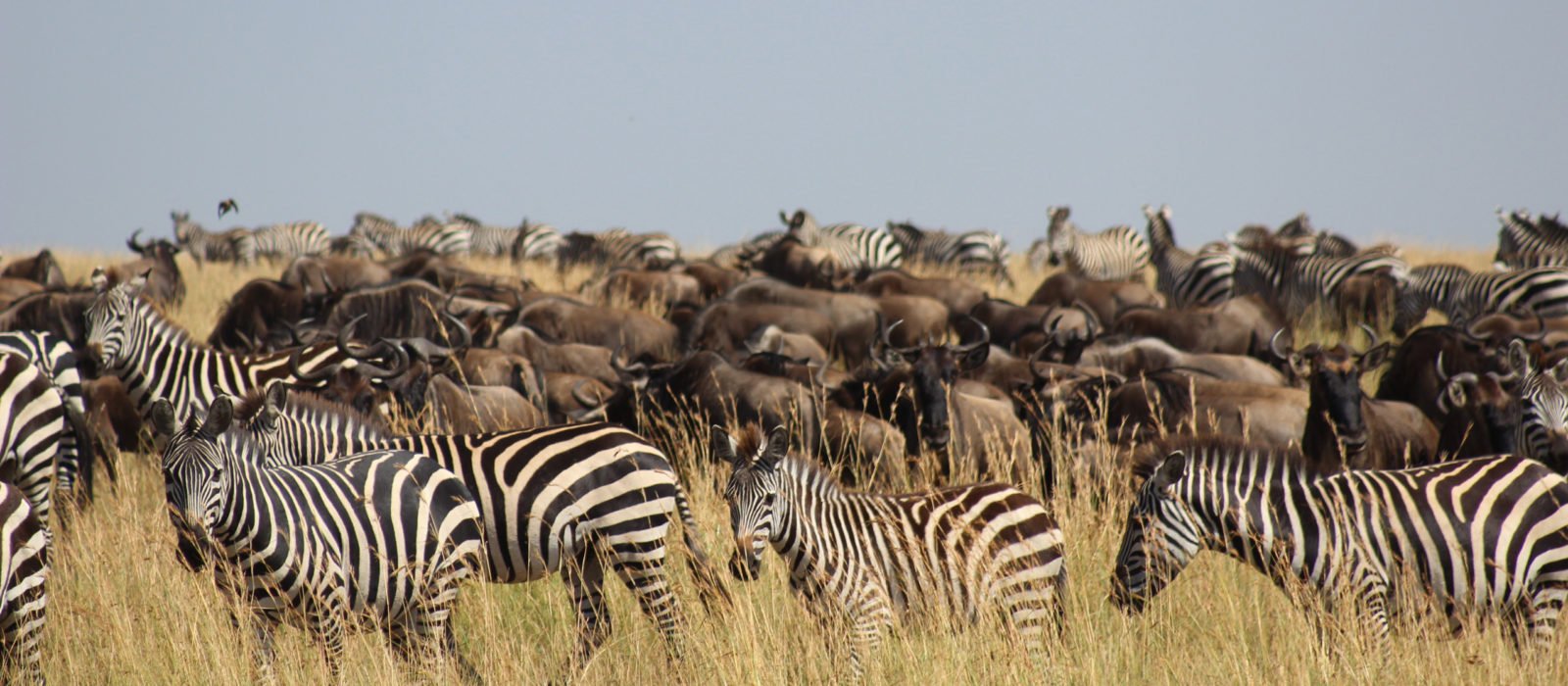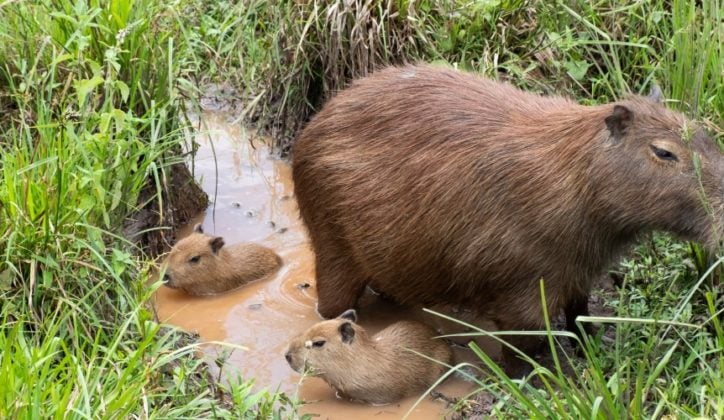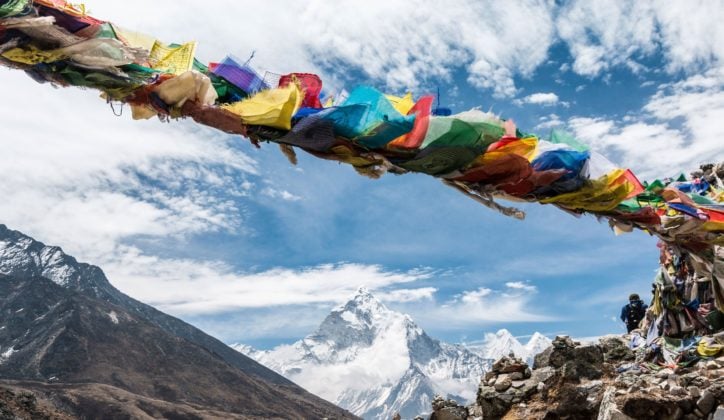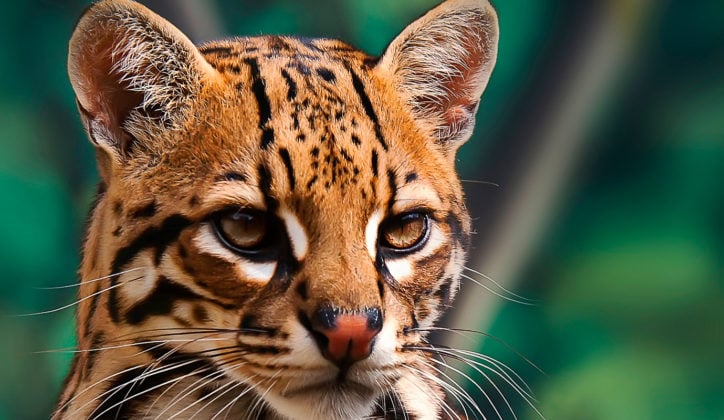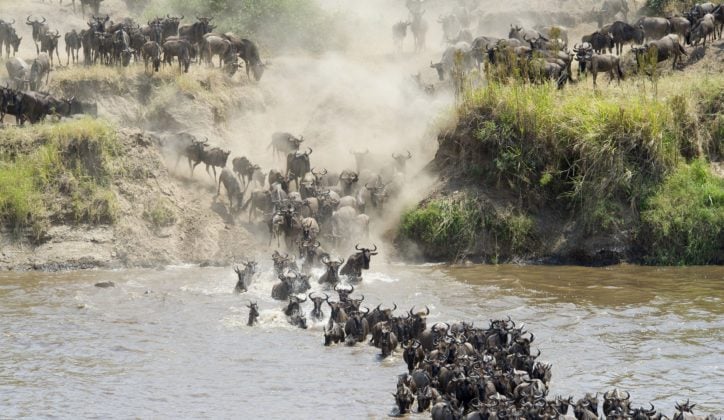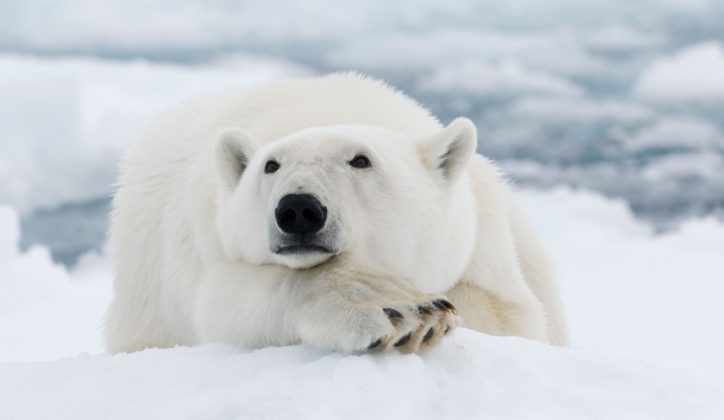Published on: March 5th, 2018
Last updated: March 25th, 2024
There's truly nothing more extraordinary than having a close encounter with wild animals. Even more so when travelling with the whole family.
Whether it is coming face to face with giant sea turtles, or spotting monkeys leap through trees right above your head, there's no end to the experiences you can have.
Thankfully, for animal lovers out there, the world is home to a bewildering array of species. In Rwanda, you can spot gorillas and while on a safari through Tanzania or Kenya , you can catch a glimpse of the Great Wildebeest Migration where vast herds of wildebeest, zebras and gazelles making their way through the savannah.
In this A-Z guide, you'll find plenty of animals around the world to inspire your next holiday no matter where you're heading.
A - Adélie Penguins and Alpacas
Adélie Penguins – One of two types of penguins native to Antarctica, Adélie penguins can be identified by the white rings they uniquely have around each eye. They spend most of their lives at sea and come ashore just to breed. There are about 38 colonies on the continent, and they migrate an average of 13,000km (8077 mi) every year, usually between April and September.
Alpacas – Perhaps Peru‘s most famous animal, alpacas can be found absolutely everywhere around the country. There’s no better place to find them than grazing around Machu Picchu. Interestingly, there are no wild alpacas – they were domesticated by the Incas over 6,000 years ago and still remain that way today.
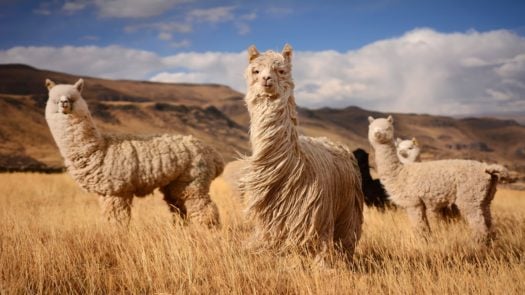
B - Butterflies
Butterflies – These tiny, beautiful insects are full of surprises and fascinating to observe. The best time and place to see them is when they’ve migrated south to Mexico for the winter months – tens of millions of them take refuge in the Monarch Butterfly Biosphere Reserve just north of Mexico City. This 3,000-mile migration takes place annually, but the insects’ short lifespan means that it technically lasts for generations!
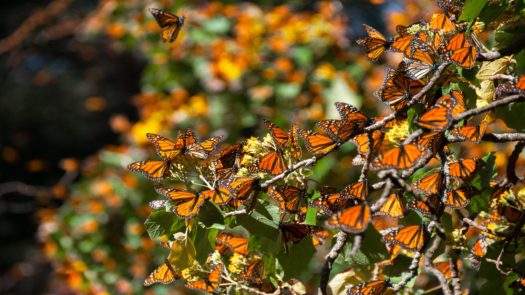
C - Cheetahs
Cheetahs – Famed for being the fastest land animal in the world, cheetahs can be found almost exclusively in sub-Saharan Africa (though historically they could be found in Asia as well). Notoriously difficult to spot, they are mainly found out in open savannah grasslands which provide ample camouflage for them while they hunt. If you’re lucky enough to see one while you’re on safari, make sure you can tell the difference between cheetahs and leopards: cheetahs are covered in black spots while leopards have rosettes (groups of spots). A pair of binoculars is always handy in case you’re observing from a distance.
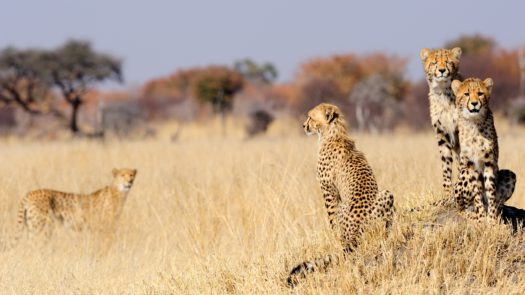
D - Deer and Dingoes
Deer – Scotland is famous for its whisky and green pastures, but few people realise it is rich with beautiful wildlife as well. The Scottish red deer, Scotland’s largest wild land mammal, can be found in the Highlands. Take a visit to The Cairngorms National Park during the months of September to October to spot stags locking antlers.
Dingoes – One of the more famous species endemic to Australia, dingoes are actually considered to be a huge pest. In fact, the country boasts having the longest fence in the world (3,488mi) to keep these predators at bay from farmlands. Part wolf, part dog, dingoes can be found anywhere in Australia except for Tasmania.
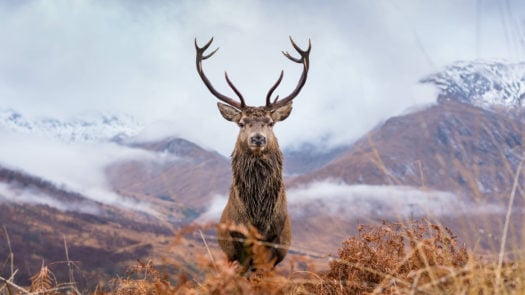
E - Elephants and Emus
Elephants – One of Africa’s Big Five (and probably our favourite), elephants are magnificent animals. Easily seen on most African safaris (in both Southern and Eastern Africa), an elephant can easily eat up to 300lbs of food in one day and they are fiercely intelligent. Asian elephants, which are slightly smaller than their African counterparts, can be found in India, Sri Lanka and Thailand.
Emus – The second-largest living bird in the world and distant cousin to the ostrich, emus can only be found in Australia. Though flightless, they can travel great distances on land (and spring at up to 30 miles an hour) They can easily be found all around the continent, from grasslands and forests to savannahs.
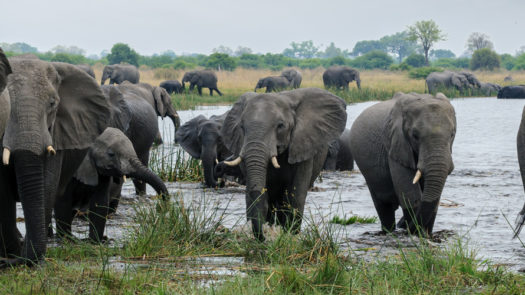
F - Flamingos
Flamingos – Kenya and Bolivia are two of the most famous places in the world for seeing flocks of flamingos. The regions’ landscapes feature shallow waters and an abundant algae population that provide them with the perfect feeding environment. Unknown to many – flamingos actually owe their colour to the carotenoid pigments in their food.
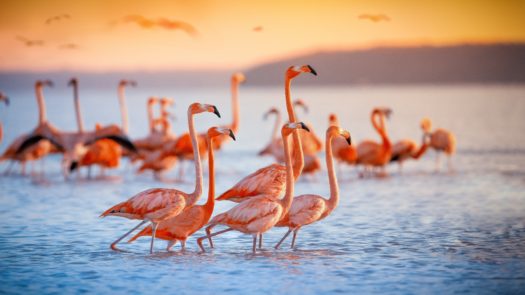
G - Gorillas
Sharing over 98% of their DNA with humans, mountain gorillas are native to Eastern Africa (more specifically, Bwindi Impenetrable Forest and the Virunga Mountain region). Taking a trip to Volcanoes National Park in Rwanda is well worth it to spend some time with these primates. Much like our identifying fingerprints, each gorilla has a unique ‘nose print’.
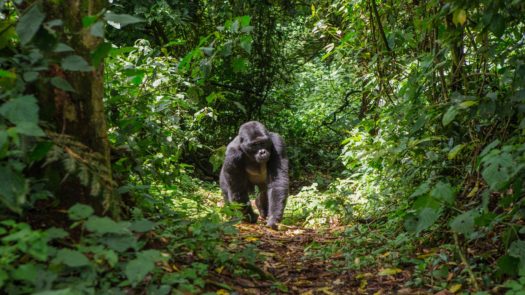
H - Horses
Horses – Though horses have been domesticated for centuries, it’s rare to see a huge group of wild horses out in the open. This, however, is a common site in Skagafjörður, Iceland, where horses run wild and free throughout the summer. Originally arriving in Iceland on Viking ships, Icelandic horses are the purest breed in the world due to strict laws against horse imports in the country. Those that are domesticated are raised in groups, have very long lifespans (they live into their 40s) and love being around people.
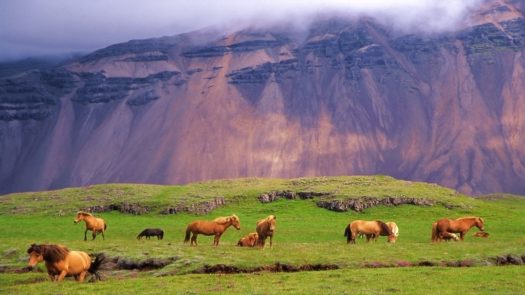
I - Ibexes and Iguanas
Ibexes – Ibexes are the wild goats that inhabit the European Alps (and are also known as the Alpine ibex). Found all around the mountains, they tend to stick to the higher altitudes during the day to protect themselves against predators. Head to Switzerland in the summertime for a chance to spot these cute goats casually grazing in the sun.
Iguanas – The marine iguana is a type of iguana only found on the Galapagos Islands. They can be found on the black lava all around the islands, but the closer you are to the sea, the better your chances of finding them are. What makes it so unique compared to other lizards is that it’s the only species that still forages in the water. Marine iguanas can also dive to depths of up to 9m to find food and can hold their breath for 30 minutes.
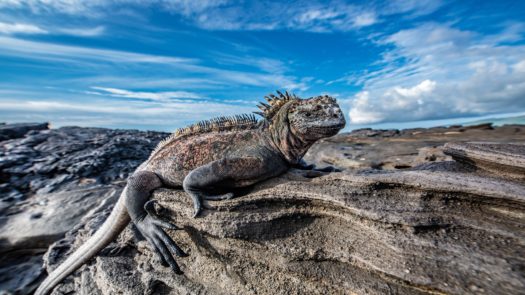
J - Jaguars
One of the most elusive animals on the planet, jaguars are at the top of many animal lovers’ bucket lists. For a great chance to spot these mysterious cats, Brazil’s Pantanal Wetlands is the place to go: The Refugio Ecologico Caiman is a great base for jaguar spotting, as you can arrange to go out with a guide and biologists from Oncafari, a jaguar conservation initiative based nearby.
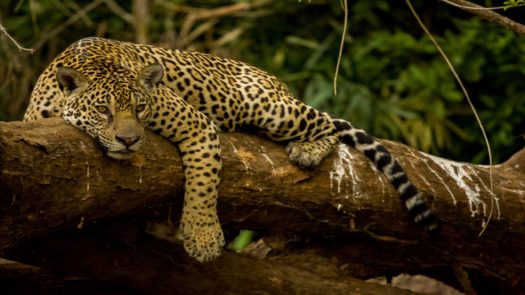
K - Kangaroos and Komodo Dragons
Kangaroos – Another animal endemic to Australia, kangaroos actually outnumber humans there! They are the only large animals that hop as a way to get around, and they are easily found around the whole country. To see them in the wild, head to Hamilton Island, Lucky Bay and, unsurprisingly, Kangaroo Island.
Komodo Dragons – The largest lizards in the world – some even reaching up to 10 feet in length – Komodo Dragons can only be found on Indonesia’s Komodo Islands. These impressive animals can consume 80% of their body weight in one sitting, and females can reproduce both sexually and asexually (depending on their environmental conditions).
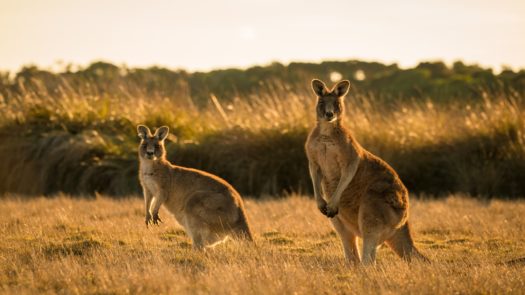
L - Lemurs and Lions
Lemurs – Native only to Madagascar, lemurs are a type of primate known primarily for their unique looks. They spend most of their time in trees, living in matriarchal societies, and are some of the only primates to have opposable thumbs like humans.
Lions – No list of animals is complete without a mention of the majestic lion. The second-largest ‘big cat’ on the planet, lions live in complex social structures (the females live together for life) all around Africa. The males spend their time protecting the pride’s territory while the females do most of the hunting, but you’d be lucky to find a lion on the hunt – they usually spend up to 20 hours a day sleeping.
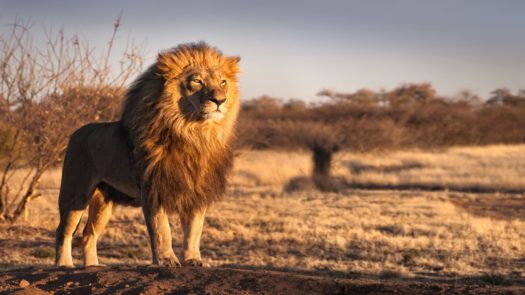
M - Marabou Stork
Marabou storks have a bad rap as a member of Africa’s ‘Ugly Five’. Found all around sub-Saharan Africa, it’s easy to look around while on safari and spot them high atop a tree, looking down and surveying the lands around them for food. Also known as the undertaker bird because of how they look, these storks feed primarily on animal carcasses and can be up to 60 inches tall!
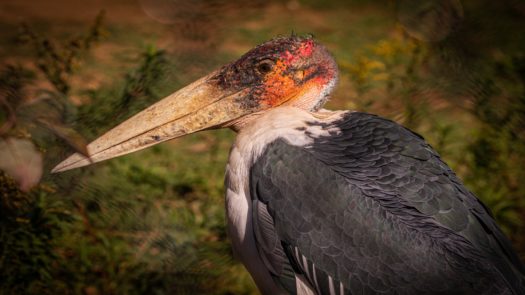
N - Nyala
Found exclusively in sub-Saharan Africa’s savannahs, the nyala is a type of antelope known for its spiralled horn – but you can tell it apart from other common antelope by the distinct white stripes on its sides. The females live together in groups as large as 30-strong, while the males usually live solitary lives. Fun fact: they have a dog-like bark that they use to alert each other to nearby predators.
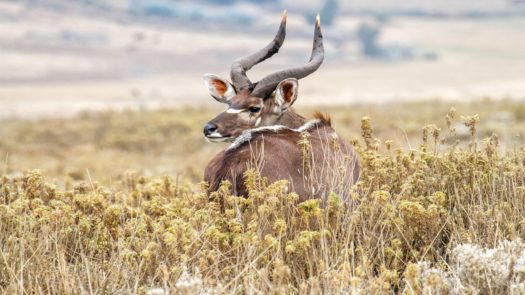
O - Ostriches
The world’s largest bird, ostriches can easily be found all around sub-Saharan Africa’s savannahs. Likely to be spotted on any safari (like this South Africa adventure), these huge, flightless birds can run up to 43 miles per hour on land. They have three stomachs to help them digest their food.
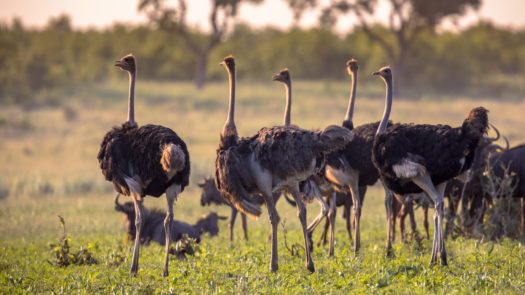
P - Polar Bears and Puffins
Polar Bears – Found in The Svalbard Islands, the amazing polar bear is a fantastic swimmer that can weigh up to 1500lbs (despite a birth weight of less than 2lbs!). A lesser-known fact about these bears: they actually have black skin under their white fur, which helps them absorb the sun’s rays and stay warm despite the harsh temperatures of their habitats.
Puffins – Puffins are found primarily on the Faroe Islands and in Iceland and spend most of their lives at sea thanks to their excellent swimming skills. During the spring and summer, they return to land to breed and lay eggs, during which time the males and females share ‘parenting duties’. They are most well-known for their parrot-like, colourful beaks.
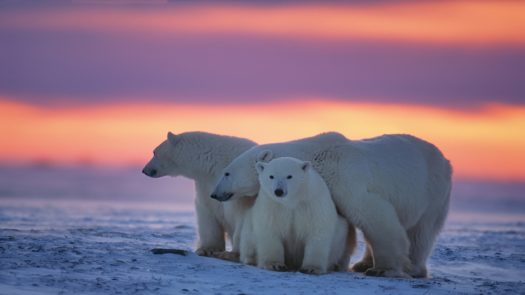
Q - Quelea
Quelea – Quelea birds are found everywhere in sub-Saharan Africa. Similar to sparrows, they are most well-known for the huge flocks they fly in – they can be seen in the hundreds, thousands or even millions. Also known as the locust bird, a small band of them can demolish an acre of rice in less than an hour. Their reputation aside, there’s nothing quite as awe-inspiring as seeing and hearing a massive flock while floating along Botswana’s Okavango Delta.
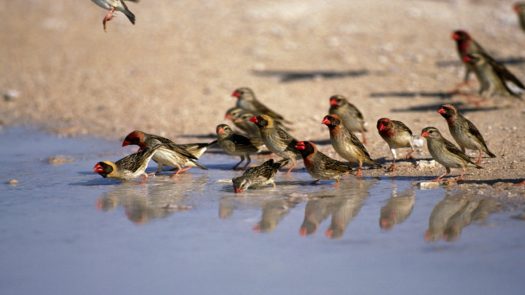
R - Rhesus Macaques
Rhesus Macaque – Also known as the rhesus monkey, these cute, pink-faced primates mainly call Rajasthan, India and other parts of Asia home (though there’s interestingly also a community in Florida!). They are extremely adaptable to many climates, even living among humans in some places. These extremely social animals travel in groups (troops) of up to 200.
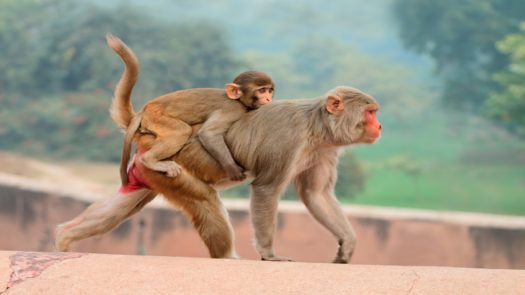
S - Sloths and Snow leopards
Sloths – Sloths have become synonymous with Costa Rica, though they can be found in many places around South and Central America. Known for spending their time lazily hanging around trees (they can sleep up to 20 hours a day!), their general slowness is thanks to their slow digestive system – it can take them up to a month to digest a meal!
Snow Leopard – Majestic in size and looks, it is one of the most elusive cats in the world! They are thought to number only around 3,500 in total. They live in the Indian and Nepalese Himalayas, and you can usually find them in elevations of about 9800 feet, and are alone most of the time unless mating, which is perhaps one of the reasons they’re so hard to find.
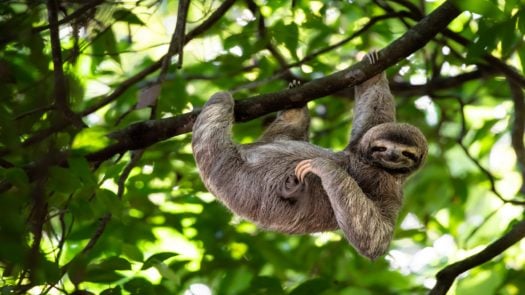
T - Tigers and Turtles
Tigers – Like most cats, tigers are notoriously difficult to spot, because they usually live alone unless they are mating. India’s Ranthambore National Park in Rajasthan is one of the best places to find them roaming in the wild. As a matter of fact, female tigers are only fertile for 4-5 days each year.
Turtles – Though there are several species of turtles in the world, our favourites are the sea turtles that can be found in Costa Rica. They can be seen year-round, but the best time to visit is during the new moon period where you can enjoy a great sight of mass nesting along the beaches.
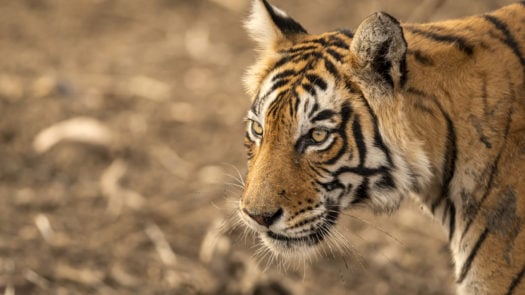
U - Uakari
The uakari money (pronounced wakari) is also known as the bald-headed uakari due to its lack of facial hair. Only found in the Amazon River Basin, their bright red faces may seem unattractive to us, but this in fact has the opposite effect for them! Head on an Amazon tour in Colombia, Brazil or Peru for a chance to spot these unique primates.
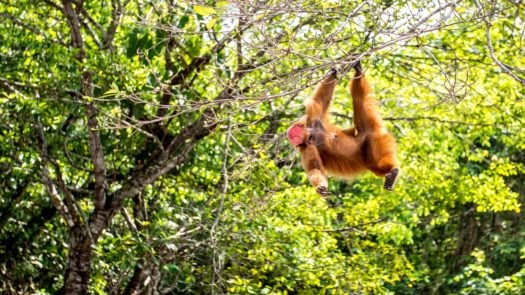
V - Vicunas and Vultures
Vicunas – Native to the high Andes (Peru, Chile, Bolivia and Argentina), vicunas are the smallest – and cutest – member of the camelid family, and a distant relative of the alpaca. They used to be threatened, because they were prized for their fur, but recent conservation efforts to protect them have reversed population decline.
Vultures – Found on all continents except Australia and Antarctica, vultures have a bad rap but are fascinating creatures. They famously prey primarily on dead animals, with bones making up 70-90% of their diet. Interestingly, the Andean Condor is a type of vulture; the biggest one in the world with a wingspan of 3 feet.
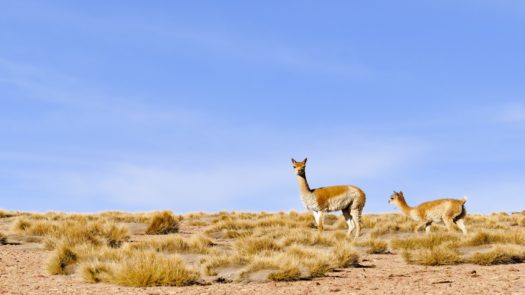
W - Whales and Warthogs
Whales – There are many places in the world you can spot whales, but Argentina’s Peninsula Valdes is one of our favourites. Every year the southern right whale migrates from Antarctica to mate and give birth in large numbers. They can be seen from very close up, sometimes even coming meters away from shore.
Warthogs – Unfairly considered one of Africa’s ‘Ugly Five’, warthogs can be found all over Eastern and Southern Africa, and are a guaranteed spot on any safari. They tend to be highly protective of their young. Our favourite thing about them is watching them run while their tail stands up straight.
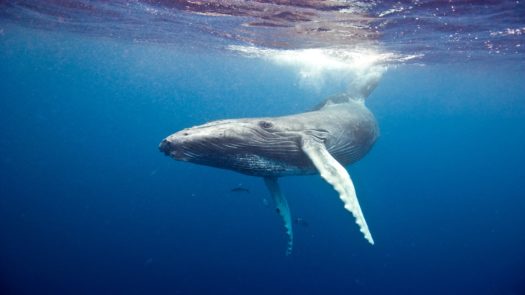
X - X-ray Fish
Native to South America, X-Ray Tetra Fish is a tiny species that lives in large groups in the Amazon River (head to Brazil to check them out in their native habitat). They take their name from their translucent body – the entirety of their spine can easily be seen, as can a group of eggs inside a female’s body. And despite their tiny size, they are actually considered to be predators!
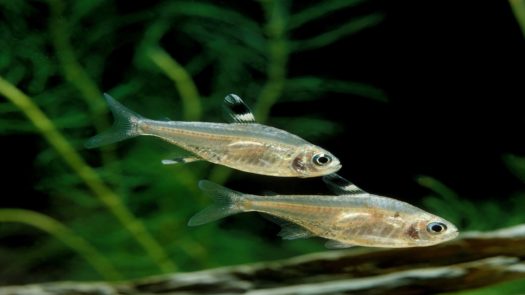
Y - Yaks
Able to survive in temperatures as low as -40°F, most of the world’s yaks can be found – unsurprisingly – in the Himalayas. It’s nearly impossible to go to Nepal and not see them (or be tempted to try some of their unique milk!). Now, most yaks are domesticated but you can still spot them in the wild if you’re lucky. No other mammal lives in altitudes as high as the yak does.
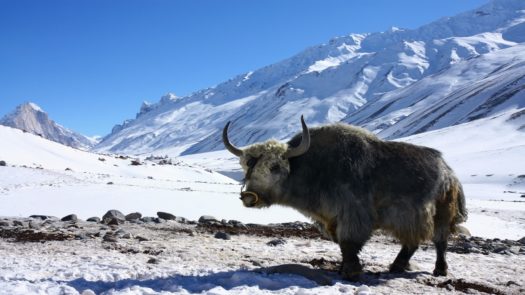
Z - Zebras
Zebras – Found all over Southern and Eastern Africa, our favourite place to see them in large numbers is while they are on their annual 1,800 mile migration between Tanzania’s Serengeti and Kenya’s Masai Mara. Zebras’ stripes serve like fingerprints to them, as they are unique to the individual – babies can even recognise their mums based on their stripes.
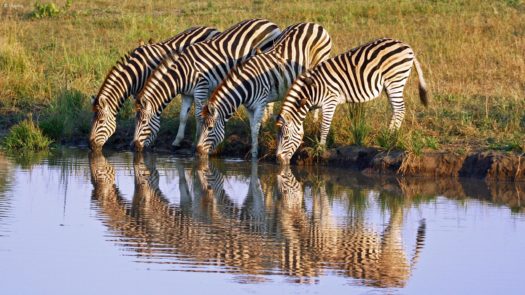
Here are a few of our favourite wildlife-focused holidays...
Feeling inspired? Get in touch with our expert travel designers so we can start planning your dream holiday today.
